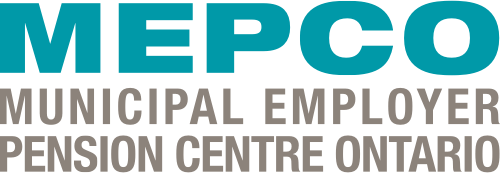A Day in the Life of a Risk Manager
By Hind Faiad
Marketing Coordinator, ClearRisk
Picture this: You’re the Risk Manager at a municipality. You check your email one morning and see a dozen new incident reports came in over the weekend. You become frustrated that you have to spend your day documenting these claims in your master spreadsheet. The whole process is an administrative nightmare. Most of the incident reports are missing critical information. You send a few emails and make a few phone calls, but you fail to reach many of the claimants. You never had time to update your policy spreadsheet, so you have to sort through paper files to find what you’re looking for.
You’d much rather spend your time being proactive and strategic, but instead you’re overwhelmed with redundant data entry and administrative tasks. What’s even more frustrating is that you feel like you can’t trust your data. You have upcoming management meetings that you need to be prepared for. Ideally you’d be able to report on how much your claims are costing, and highlight problem areas that should be addressed.
It’s impossible to see trends in data that’s scattered in too many different places. You’ve noticed a ton of errors and outdated information in your spreadsheets. Financial transactions are difficult to keep track of, and you suspect that you’re paying too much premium for coverage you don’t require but don’t have the data to prove it.
If that wasn’t stressful enough, renewals are around the corner and your broker just reached out asking for a laundry list of documents. You can’t remember the last time you updated your asset and vehicle schedules. You have to chase the information you need from several departments across the organization. To top it all off, you feel anxious about keeping your premiums at an affordable level.
Enter ClearRisk
Incidents are now reported through an online webform with automated email notifications. Required fields ensure there is no missing information, and details automatically populate inside ClearRisk. You can quickly review each incident and determine if you need to open a claim. All policies are housed inside the system and it's easy to associate each claim to its corresponding policy. A bidirectional system integration allows you to assign claims to your adjuster in one click. Manual data entry is eliminated and you have more time to spend improving risk programs.
You feel empowered that you don’t have to chase data anymore, and can pull reports in seconds from ClearRisk’s pre-built report library. You can also build customized reports with any specific fields and filters you need. All reports can be displayed into visually appealing dashboards that you share with the board/counsel, brokers, and insurance markets.
There is full financial transparency between the board and the risk department. Financial transactions for each claim are easily tracked and roll up into a financial summary view, including payments, reserves, and recoveries. You can easily identify trends and recommend ways to mitigate preventable losses.
You feel confident that you understand the financial impact of your claims, and are empowered to negotiate terms with your insurers. Loss runs improve because claims are closed faster and frequently occurring preventable claims are mitigated. Loss run data reveals you’ve been overpaying past your SIR on several policies, and you’re able to get the overpaid amount reimbursed.
Due to the increased strategic nature of your job, the board/management relies on your insight to inform major capital-spending decisions. Manual data entry is eliminated and you have more time to spend improving risk programs. You’re able to be proactive on your renewals and send the broker your schedules and loss runs ahead of time, limiting the amount of follow-up correspondence. All the time and money you save the company/city got you a promotion into a senior risk management role, as you can now focus on the bigger picture.
Conclusion
A Claims & Risk system uses automation to free up valuable time & collect data you can trust. Streamlined claims intake, coupled with third party integrations and automatic email notifications reduce manual tasks and data entry by up to 90%. Having all data located in a centralized database, in addition to a custom report builder allows you to pull all fields within the system to be included in any report necessary. Risk registers and heat maps help inform capital spending decisions and mitigate high frequency losses.
During a hard market, insurance coverage is increasingly competitive, as carriers are reluctant to assume responsibility for risky clients. Systems like ClearRisk help conduct actuarial analysis to determine your optimal deductible levels, save on premiums, and budget to take on more risk in house. A system also helps your risk team be proactive by sending loss runs and schedules to your broker 90 days ahead of time. This reduces follow-up questions and shifts the dynamic with the carrier, saving months from the renewal process.
For more information, please contact Nick Ruder, AMO Research Advisor at nruder@amo.on.ca.





